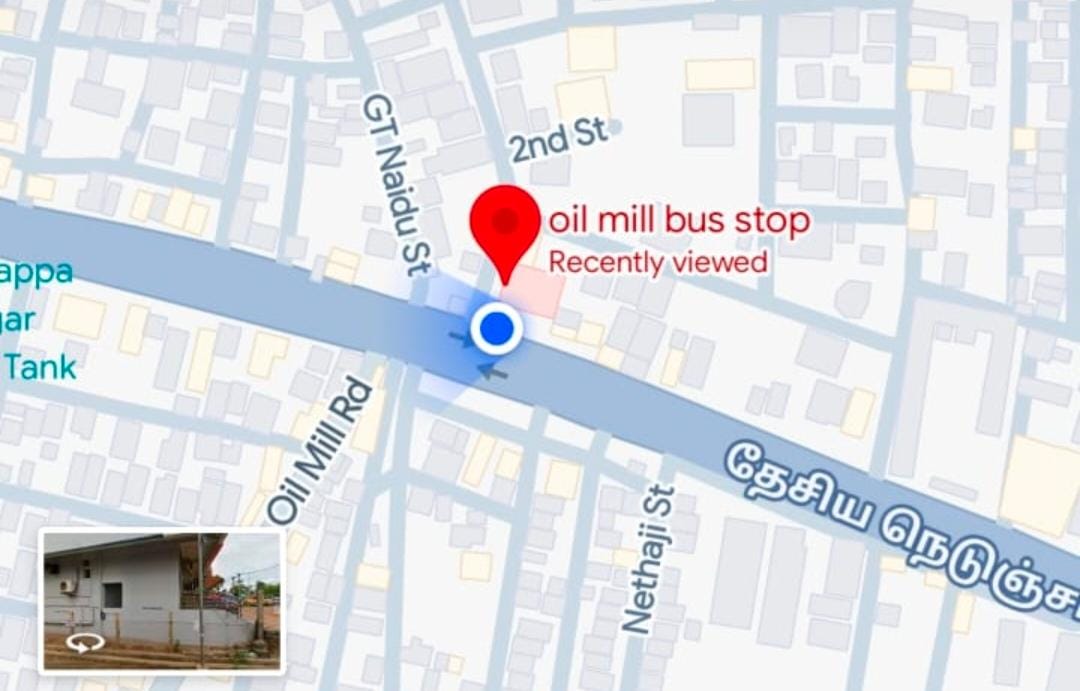Introduction
Who is Maria Montessori? This question often arises among educators, parents, and aspiring teachers exploring child-centered education methods. Dr. Maria Montessori, an Italian physician and educator, revolutionized early childhood education by developing the Montessori Method—a scientifically grounded, child-focused approach that respects a child’s natural learning tendencies. In this blog, we delve into the Maria Montessori biography, the history of Montessori method, and explore Dr. Maria Montessori’s contribution to the world of education.
Key Takeaways
Who is Maria Montessori? She was Italy’s first female physician and a pioneering educator.
The Maria Montessori biography reveals a life devoted to innovation in child development.
The history of Montessori method began in 1907 with the first “Casa dei Bambini” in Rome.
Dr. Maria Montessori’s contribution includes a global educational movement still thriving today.
Her philosophy promotes independence, hands-on learning, and respect for a child’s pace.
The Montessori approach is widely used in both private and public institutions across the world.
The Inspiring Life of Dr. Maria Montessori
Early Life and Education
Childhood and Family Background
Born on August 31, 1870, in Chiaravalle, Italy, Maria Montessori’s biography begins with a middle-class family that highly valued education. Her father, a civil servant, and her mother, an educated woman, supported her ambition—unusual for girls at the time.
Breaking Barriers in Medicine
Montessori pursued medicine at a time when women were discouraged from higher education. In 1896, she became the first woman in Italy to earn a medical degree. This monumental achievement laid the foundation for Dr. Maria Montessori’s contribution to both medicine and education.
From Doctor to Educator
Work with Children with Disabilities
While working in psychiatric clinics, Montessori noticed that children with intellectual disabilities could improve significantly through hands-on activities and sensory learning. This sparked her passion for education and led to her deep interest in pedagogy.
The First Montessori School
In 1907, she opened the first Casa dei Bambini (Children’s House) in a poor district of Rome. This marked the beginning of the history of Montessori method, as her innovative techniques produced remarkable results in children’s behavior and learning.
Principles Behind the Montessori Method
Key Tenets of Her Philosophy
Child-Centered Learning
At the heart of Dr. Maria Montessori’s contribution is the idea that children learn best when they are free to explore at their own pace. This respect for individual development is foundational to the Montessori method.
Prepared Environment
Montessori classrooms are meticulously designed to foster independence, with age-appropriate materials and minimal adult interference.
The Role of the Teacher
Montessori teachers act as guides, not lecturers. They observe and support rather than control, embodying one of the core values of Maria Montessori’s biography and philosophy.
Global Impact and Recognition
The Worldwide Legacy of Montessori Education
Growth Across Continents
The history of Montessori method reflects a journey from a single classroom in Italy to thousands of schools across six continents. Her work has been adopted in both elite institutions and underserved communities.
Influence on Modern Education
Many educational philosophies today—from Waldorf to Reggio Emilia—have been influenced, directly or indirectly, by Dr. Maria Montessori’s contribution.
Awards and Honors
Throughout her life, Montessori received multiple accolades and was nominated for the Nobel Peace Prize three times, further cementing her legacy.
Why Learn About Dr. Maria Montessori Today?
Relevance in Modern Times
For Parents
Understanding who is Maria Montessori helps parents make informed decisions about their children’s education.
For Educators
Her principles remain relevant for teachers seeking to move beyond traditional methods and embrace child-led learning.
For Aspiring Montessori Teachers
Learning about the Maria Montessori biography and philosophy is the first step toward becoming a certified Montessori educator.
Conclusion
So, who is Maria Montessori? She was more than a physician or educator—she was a visionary who saw children not as empty vessels but as eager learners. The Maria Montessori biography is a testament to breaking barriers and pioneering change. The history of Montessori method continues to evolve, impacting millions of children globally. Dr. Maria Montessori’s contribution has reshaped education and empowered generations of learners and educators. Her legacy remains as powerful and transformative today as it was over a century ago.
FAQs
Q1: Who was Dr. Maria Montessori and what is she known for?
She was Italy’s first female doctor and the founder of the Montessori method of education, known for her work with children and her revolutionary teaching methods.
Q2: What are the key principles of the Montessori method?
Independence, self-directed learning, mixed-age classrooms, and hands-on learning are central to the Montessori method.
Q3: When did the Montessori method start?
The history of Montessori method began in 1907 with the establishment of the first Casa dei Bambini in Rome.
Q4: How did Dr. Maria Montessori contribute to education?
Dr. Maria Montessori’s contribution lies in her child-focused teaching model that promotes exploration, respect, and autonomy.
Q5: Is the Montessori method still relevant today?
Yes! Montessori education is practiced globally and aligns with modern educational values like inclusion, emotional intelligence, and individualized learning.

